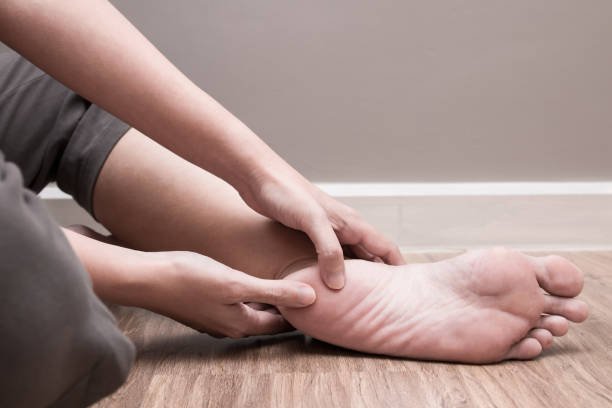Plantar fasciitis: pain relief and stretches
Plantar fasciitis aka plantar fasciosis, plantar fasciopathy, plantar heel pain.
Technically, this condition isn’t inflammatory, so it’s not an “itis”, hence all the other names. Essentially, the plantar fascia, which makes up a large part of the arch of your foot gets irritated. Usually at the pain starts at the origin of the fascia, where it connects to the underside of the heel bone.
The pain is horrible, like walking on broken glass with the first steps every morning or after sitting for any length of time. However, it usually eases slightly once you’re up and going. The morning pain and easing with a few steps are features that differentiate it from other sources of heel pain that can masquerade as plantar fasciosis.
There are actually lots of things that can cause pain in the heel or arch of your foot, and understanding the source of the pain is crucial to getting the right management. I frequently see people who have pain from a medial calcaneal nerve entrapment having been unsuccessfully treated for plantar fasciosis for months, and with treatment for nerve entrapment the pain resolves in 3-4 weeks. But, if you do have plantar fasciosis, there are some really easy and effective treatments.
Reduce steps – walking is painful, less walking means less pain. Continuing to do the thing that hurts will perpetuate the issue. This can be difficult but is essential for improvement. The best and fastest way is to track your steps every day. Start to get an idea of how many steps you can do without making the pain worse the next morning. You might have to make some drastic changes for a week or two, but if you’ve been struggling with this for a while, it needs to happen.
Taping – taping is an easy way to provide some support to your fascia. It allows the load that would normally go through your fascia to go through the tape. I like it because it’s cheaper than orthotics and will help you if you are bare foot (compared with supportive shoes or orthotics). Check out a video on how to tape your own foot here: taping link.
Stretches – we want to make the fascia more tolerant to being stretched (this is what it does as you walk). Stretches can be fairly pain free, or even feel relieving, since you don’t have body weight loading it up. Doing this will give you an immediate reduction in pain, woohoo! For this reason, do your stretches before your foot touches the floor each day to reduce that broken glass pain. The best one is to pull your toes back up towards your shin. For extra benefit, give your abductor hallucis muscle (google it) a massage while you’re at it.
Orthotics – the chemist ones are usually fine, start there before spending big bucks that don’t always give a better outcome.
If you can walk an amount that doesn’t aggravate your morning pain, do your stretches each morning, get up onto a taped foot, and then spend you day of reduced walking in good shoes with orthotics, you should start to notice a significant change in 1-2 weeks. If not, the diagnosis is probably wrong.
If you’re struggling with plantar fasciosis or pain around your heel and arch, give us a call, we’d love to help 😊


